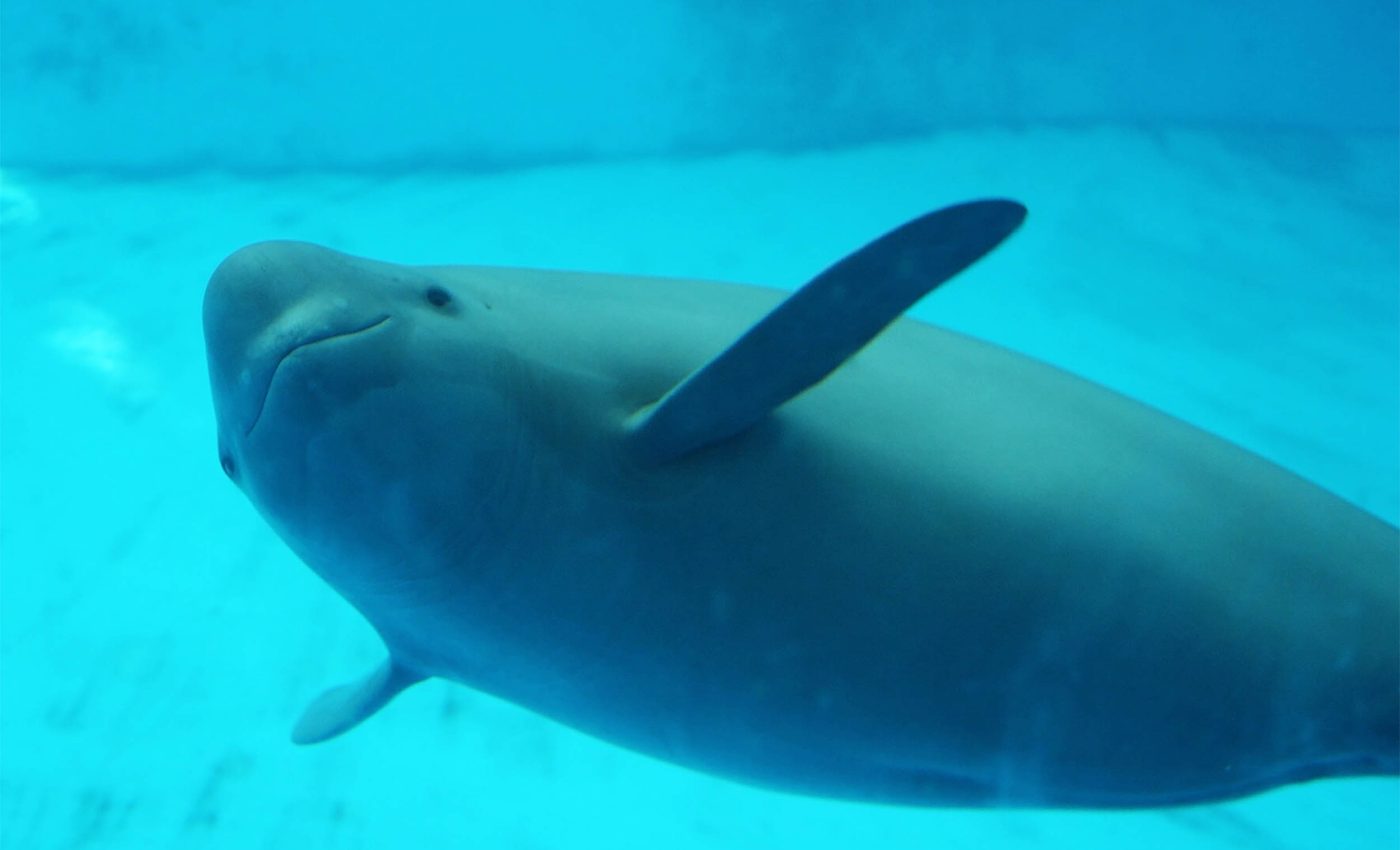
Ancient poems tell the story of how this rare porpoise reached the brink of extinction
It appears that poems hold more than just literary merit. They can also show how porpoise and other wildlife populations have changed over time.
The Yangtze Finless Porpoise, a critically endangered freshwater porpoise, has captured the attention of ecologists and history buffs alike. Its story highlights how research can bridge cultural heritage and conservation science.
“Art, like poetry, can really spark an emotional connection, making people realize the harmony and respect we should have between people and nature,” says Zhigang Mei of the Chinese Academy of Sciences (CAS), who first noticed that old poems might hold clues about where and when these porpoises lived.
Old poems documented porpoise habitats
The Yangtze river is about 3,915 miles long, flowing from the Tibetan Plateau to the East China Sea near Shanghai. It has supported trade, travel, and local livelihoods for many dynasties, including the Tang (618–907 CE) and the Qing (1636–1912 CE).
Ancient travelers often wrote poems describing landscapes and any remarkable animals they saw. That is how 724 poems referencing the porpoise were discovered, some dating back over 1,400 years.
Poems reveal porpoise sightings
These records shine a light on the Yangtze finless porpoise when cameras or formal surveys were unavailable. Some poets portrayed the porpoise as frolicking and active, indicating that it was frequently visible in large parts of the river at different points in history.
The poetic evidence correlates with other data about wildlife decline over the centuries. It also reinforces the power of integrating cultural insights with scientific methods to uncover long-term environmental changes.
Mapping habitat loss using ancient poems
Based on these poems, the researchers found that the porpoise species’ historical range has shrunk by at least 65%.
The biggest losses happened in tributaries and lakes connected to the Yangtze, where dam construction has blocked the porpoises’ ability to migrate, as the poems reveal.
These developments echo the plight of other river life. Two native species, the Baiji dolphin and the Chinese paddlefish, have gone functionally extinct in recent decades.
How poetry filled a scientific gap
Traditional wildlife surveys usually rely on fossils, DNA, or recent data. but these sources leave a huge blind spot when it comes to mid-range historical timelines.
That’s where literature helped. The poems offered insight into a period that’s typically hard to document, filling the 1,000-year gap between ancient fossils and modern science with surprisingly detailed environmental clues.
Impacts of human activities
Hydraulic engineering projects, particularly since the 1950s, altered parts of the Yangtze and cut off vital pathways for the porpoise. Changes in water flow and increased boat traffic also likely contributed to fewer safe habitats.
Similar habitat pressures pushed the Chinese sturgeon closer to reliance on artificial stocking, especially after the gezhouba dam was completed in 1988.
The porpoise is now confined mostly to a smaller segment of the main channel, highlighting how fast things have shifted in modern times.
Validating poems as historical evidence
Not every poem could be taken at face value. Some poets exaggerated animal traits for effect, while others wrote with scientific precision that mirrored firsthand observation.
To make sure their conclusions were sound, the researchers studied each poet’s life and writing style. They used this biographical context to sort realistic descriptions from imagined ones, strengthening the accuracy of their geographic mapping.
Insights from an ancient art form
One of the most revealing parts of this study is how it merges modern ecology with records from a different era.
A freshwater porpoise is not something most people associate with poetry, but these poems captured vivid notes about the animal’s behavior, distribution, and local folklore.
The Qing Dynasty alone produced 477 poems mentioning the porpoise, showing how popular the topic was among traveling poets of that period. This underscores the deep bond between people and their environment in traditional Chinese culture.
Using poetry to guide porpoise conservation
Experts now hope that protecting the porpoise means respecting the lessons of both history and science.
The next steps include refining details from the poems to glean more about the porpoises’ social behavior, breeding grounds, and ideal habitat conditions.
These historical insights might help conservation programs address the porpoise’s remaining strongholds. They also challenge us to be mindful of how future infrastructure and urban development will affect other freshwater species.
Using old texts to track species
There is growing interest in using historical documents – poems, journals, and even paintings – to spot shifts in biodiversity over millennia.
Researchers want to understand which measures can effectively preserve species and which human activities are most damaging in the long run.
The Yangtze finless porpoise story suggests that culture, science, and poems should work together to shape a more thoughtful approach to conservation.
Protecting a species is never just a scientific endeavor; it also involves celebrating the traditions, poems, and stories that connect people to that species.
The study is published in Current Biology.
—–
Like what you read? Subscribe to our newsletter for engaging articles, exclusive content, and the latest updates.
Check us out on EarthSnap, a free app brought to you by Eric Ralls and Earth.com.
—–













